1. What Is Templestay? (Introduction Included)
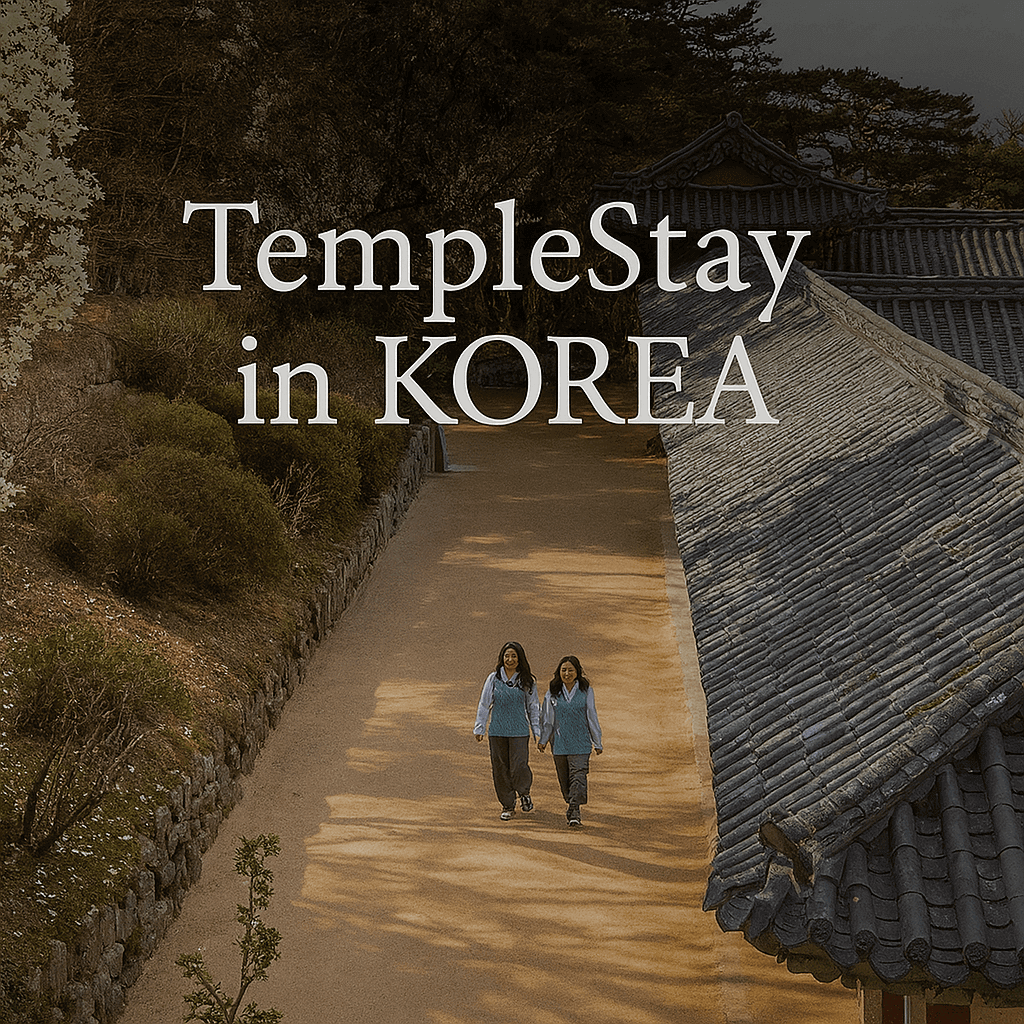
Life can sometimes feel like a nonstop to-do list: wake up, commute, emails, deadlines. If you’ve ever thought, “I just want to zone out and do nothing,” you’re not alone. Welcome to Templestay — Korea’s answer to that wish. It’s not just a night at a temple; it’s a chance to disconnect from the chaos and rediscover a quieter version of yourself.
Templestay programs come in two flavors: Experiential, where you join activities like chanting and tea ceremonies, or Resting, where you do… absolutely nothing (and that’s perfectly okay!). No religious obligations, no pressure — just peace. Picture a mountain breeze, the sound of temple bells, and a soft floor mat waiting for you to breathe in, exhale, and simply be.
2. Templestay Programs for Foreign Visitors
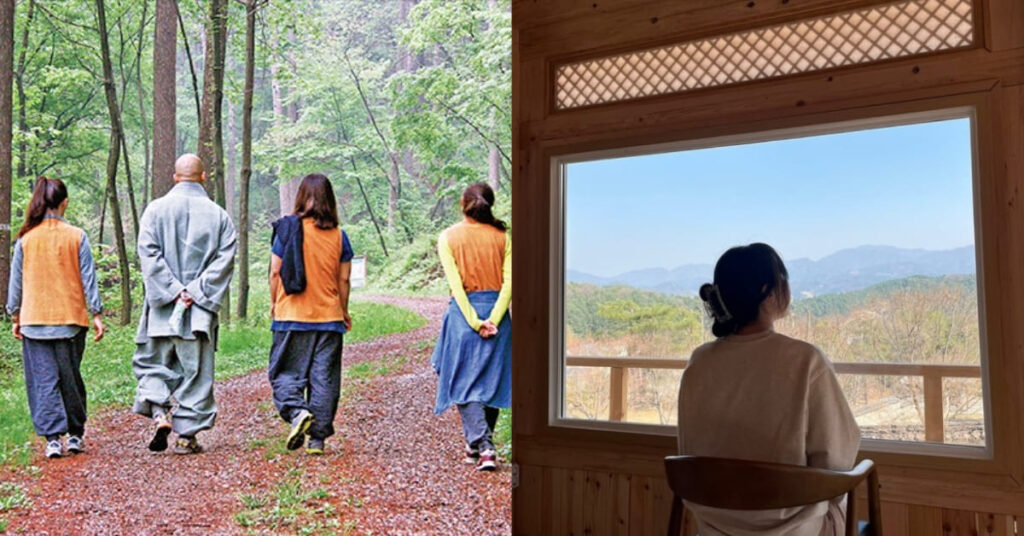
Korean temples warmly welcome international guests. Many offer English-speaking staff or multilingual guides to help you navigate the schedule. Booking is easy through the official website, and first-timers are guided every step of the way.
Activities include meditation, tea ceremonies, monastic-style meals, and etiquette lessons — giving you a deep dive into Korean Buddhist culture. It’s not unusual for travelers to rearrange their trip just to squeeze in one more night. One participant said, “No one here asked me ‘why.’ It was just okay to be quiet. That was healing in itself.”
3. Templestay Across Korea: Unique Temples in Every Region
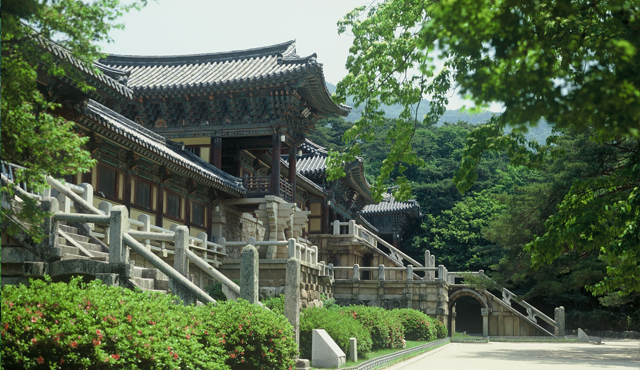
Templestays aren’t limited to Seoul — they’re everywhere. Each region offers its own vibe. Want a seaside sunrise with your morning meditation? Try Naksansa in Yangyang. Craving forest stillness? Head to Beomeosa in Busan. Longing for volcanic serenity? Gwaneumsa at the base of Hallasan in Jeju is your place.
Seoul’s Jingwansa offers culture-rich programs near Bukhansan, while Daheungsa in the southern tip provides a unique tea-focused retreat. One temple even joked, “Our temple bell is your morning alarm.” Wherever you choose, you’re in for an unforgettable experience that blends nature, culture, and stillness.
4. Healing, Reflection, and Oneness with Nature
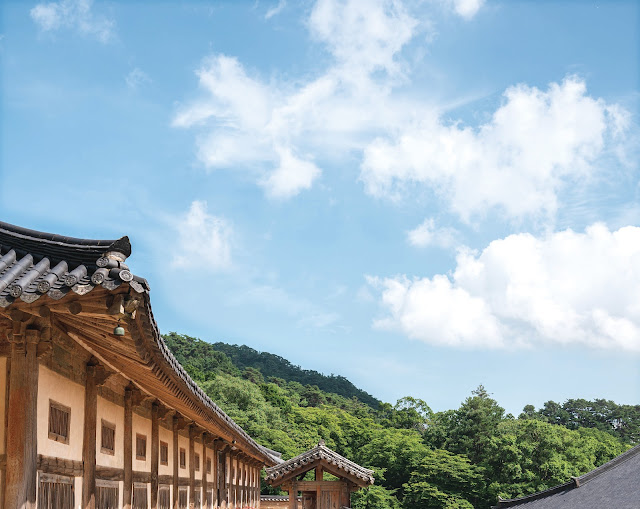
Temples are slow-living sanctuaries. Here, cats nap undisturbed and even leaves rustling in the wind feel poetic. Digital detox happens naturally. Walk in silence. Sip herbal tea. Sit in the sun and listen to gravel crunch under your feet.
Nobody rushes. Meals are slow. Conversations are optional. For many, the stillness brings long-buried thoughts or feelings to the surface — gently. Even a short 1-night stay can spark transformation. It’s like receiving comfort without words, just through presence.
5. Temple Food: Clean, Quiet, and Kind
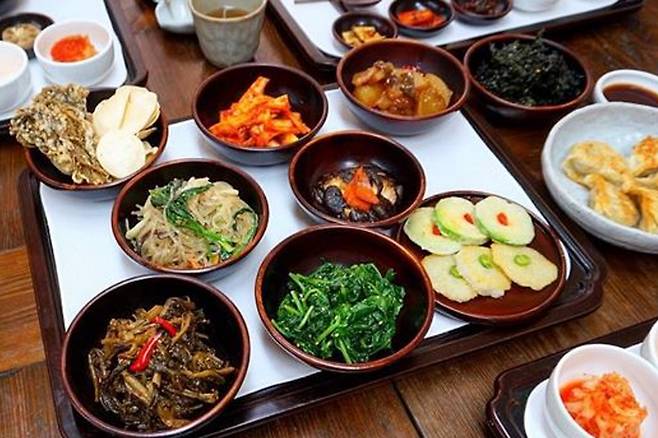
One of Templestay’s hidden gems is the food. Known as balwoo gongyang, meals are fully plant-based and prepared mindfully. No garlic, no onions, no meat — just simple seasonal ingredients like tofu, mushrooms, and greens.
Eating is a ritual here. You sit in silence, follow a respectful order, and don’t leave leftovers. At first it may feel unusual, but many find it deeply grounding. “I didn’t know I could eat so peacefully,” one foreign visitor reflected. Post-meal, you can sip tea or join a calm tea talk to wind down.
6. Perfect for Everyone: Solo, Couples, Families
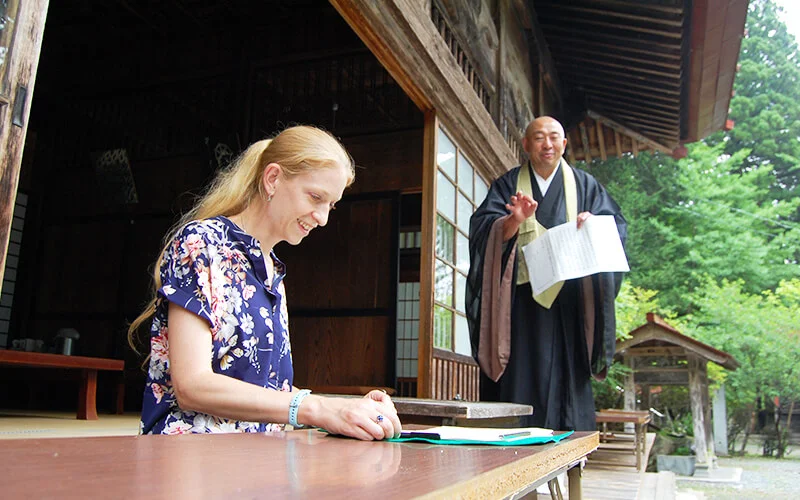
Whether you’re traveling alone, with a partner, or with family, Templestay fits. For couples, it’s a mindful twist on the classic date. Parents find it a restful and meaningful getaway with older kids. And solo travelers often find the solitude empowering — no one talks unless you want to.
Some temples even offer kid-friendly programs. Everyone is encouraged to move at their own pace. Templestay is not about ticking boxes; it’s about honoring how you feel.
7. How to Book a Templestay

Booking is simple: head to the official Templestay website. You can filter by location, theme, or available dates. Each listing gives details on included programs and fees.
No Korean skills? No problem. Most temples have experience guiding first-timers — so you can focus less on logistics, and more on letting go.
8. Tips Before You Go
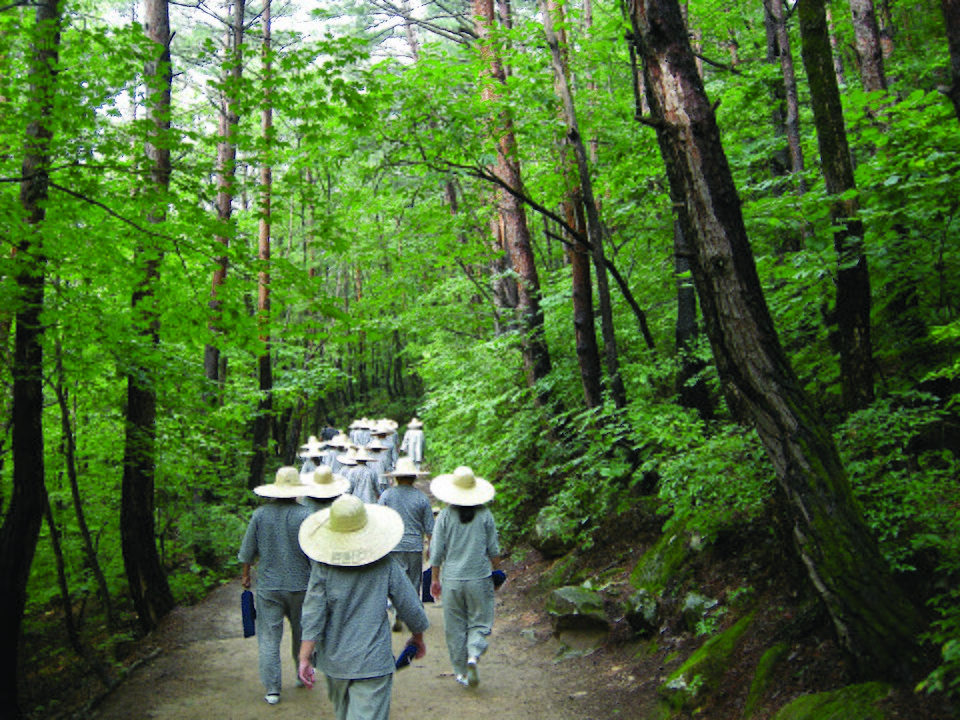
Temples are spiritual spaces, not hotels — so there are a few things to note. Dress modestly (no sleeveless shirts or short shorts), and respect quiet hours. Wake-up bells and lights-out times are part of the schedule.
Phones? Best kept in your bag. Allergies or dietary needs? Contact the temple beforehand. Most importantly, come as you are — no over-planning, no expectations. The less you carry in, the more you’ll take away.
9. Conclusion: A Gentle Pause Just for You
Travel doesn’t always have to be about checking off sights. Sometimes, it can be about checking in — with yourself. Templestay in Korea offers that rare chance to retreat inward. It’s not flashy. It’s not fast. But it’s deeply, quietly powerful.
As you rise to the sound of a temple bell and fall asleep to the rustle of trees, you might find that what you needed wasn’t “more,” but simply “less.”
Maybe it’s time to whisper to yourself: “This trip… it’s my comma, not my exclamation mark.”